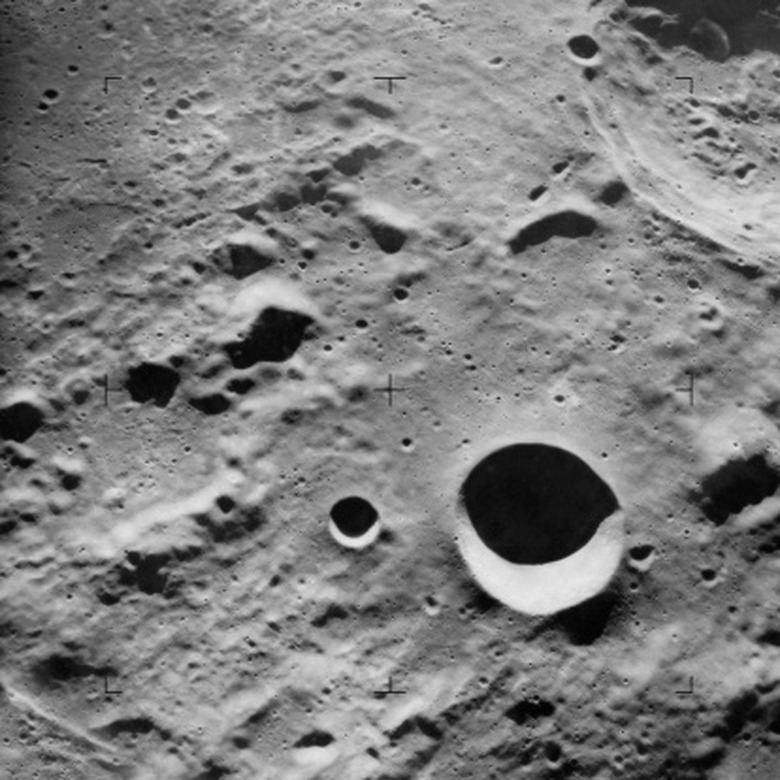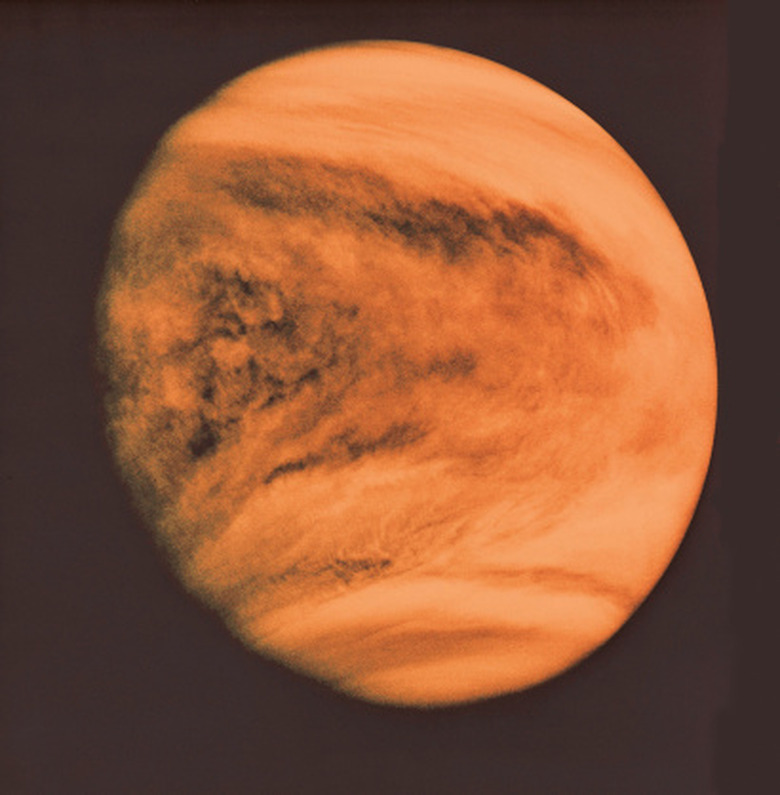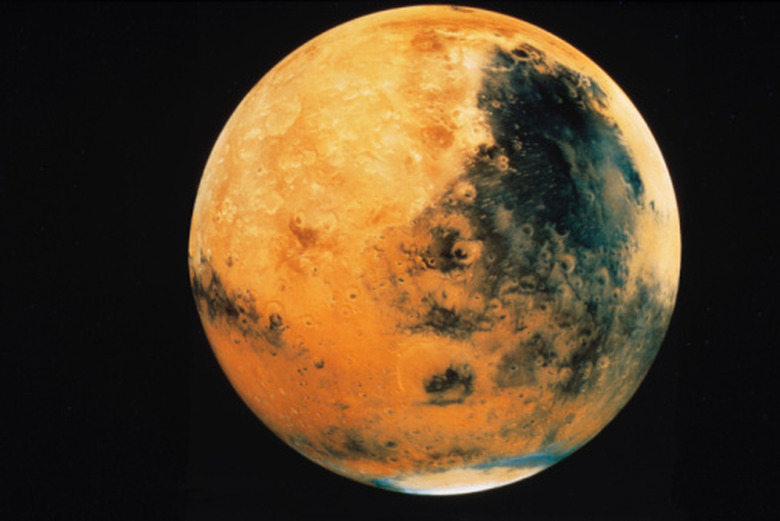Terrains Of The Planets
Although man has only been able to set foot on the moon so far, modern innovations such as high-powered telescopes, satellites and space probes have enabled scientists to map out the surfaces of most of the other planets in the solar system. While some have no solid terrain at all, and others appear to be drearily barren, a few are dotted with enough natural wonders to keep the average explorer busy for years.
Mercury
Mercury
It may be 138 million miles from Earth at its furthest point of orbit, but the surface of Mercury is surprisingly similar in appearance to another galactic object: the moon. Mercury is speckled with craters caused by countless asteroid and comet impacts over the past 4.6 billion years, and the terrain of this planet is made up of mountains, highlands, cliffs, ridges, valleys and even some stretches of plains. Among Mercury's standout features is the Caloris Basin, which at 963 miles wide is believed to be one of the largest impact craters in the solar system. Despite its similarity to the moon's terrain, don't expect to see footage of astronauts frolicking on Mercury anytime soon — the planet's surface temperature fluctuates between 134 and 800 degrees Fahrenheit.
Venus
Venus
With its gentle, rolling plains and mostly unblemished surface, Venus was once thought to be the most likely candidate to sustain life outside of Earth. It's since been revealed that the opposite is likely true. Although twice as far from the sun as Mercury, the surface temperature of Venus has been known to top that of its neighbor, reaching a high of nearly 900 degrees Fahrenheit. In fact, recent data shows the extreme heat is responsible for the planet's smooth surface — most of Venus' surface is covered by hardened lava. That's not to say the terrain is completely level; the landscape includes several volcanoes, a number of large depressions and two broad highland areas. One of those areas, Ishtar Terra, is about the size of Australia, and the other, Aphrodite Terra, is approximately the size of South America.
Mars
Mars
The surface of Mars is a geographic smorgasbord, loaded with natural wonders that put Earthly attractions such as Mt. Everest and the Grand Canyon to shame. Olympic Mons rises 78,000 feet above Mars' surface, making it the tallest mountain in the solar system. Valles Marineris is a string of canyons that stretches for more than 2,485 miles and plunges to a depth of more than four miles in places. Tharsis is a surface bulge that measures 2,485 miles wide and six miles high. Hellas Planitia is an impact crater that's 1,242 miles in diameter and 3.7 miles deep. Although Mars is much smaller than Earth, its lack of oceans leaves it with just as much land surface.
Jupiter, Saturn, Uranus and Neptune
Jupiter, Saturn, Uranus and Neptune
Being that Jupiter is more than twice as big as all the other planets combined, you might think it would boast a lot of terrain. It actually has none to speak of. Jupiter, Saturn, Uranus and Neptune are all "gas giants." As the nickname implies, these planets are made up of mixtures of hydrogen and helium and have no solid surfaces. Although some scientists believe there may be rock cores at the centers of the gas giants, the gases surrounding them are so dense that they're not considered to be reachable terrains.
Pluto
Pluto
Pluto, which was officially reclassified as a dwarf planet in 2006, is believed to have a solid surface that's likely comprised of 70 percent rock and 30 percent ice. Scientists believe some surface areas are covered with frozen nitrogen and solid methane, ethane and carbon dioxide. Because of Pluto's size (which, at 1,214 miles in diameter, makes it smaller than the moon) and distance from Earth, little is known about the dwarf planet's terrain.
Cite This Article
MLA
Machay, John. "Terrains Of The Planets" sciencing.com, https://www.sciencing.com/terrains-planets-8658764/. 24 April 2017.
APA
Machay, John. (2017, April 24). Terrains Of The Planets. sciencing.com. Retrieved from https://www.sciencing.com/terrains-planets-8658764/
Chicago
Machay, John. Terrains Of The Planets last modified August 30, 2022. https://www.sciencing.com/terrains-planets-8658764/



